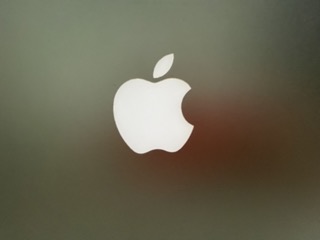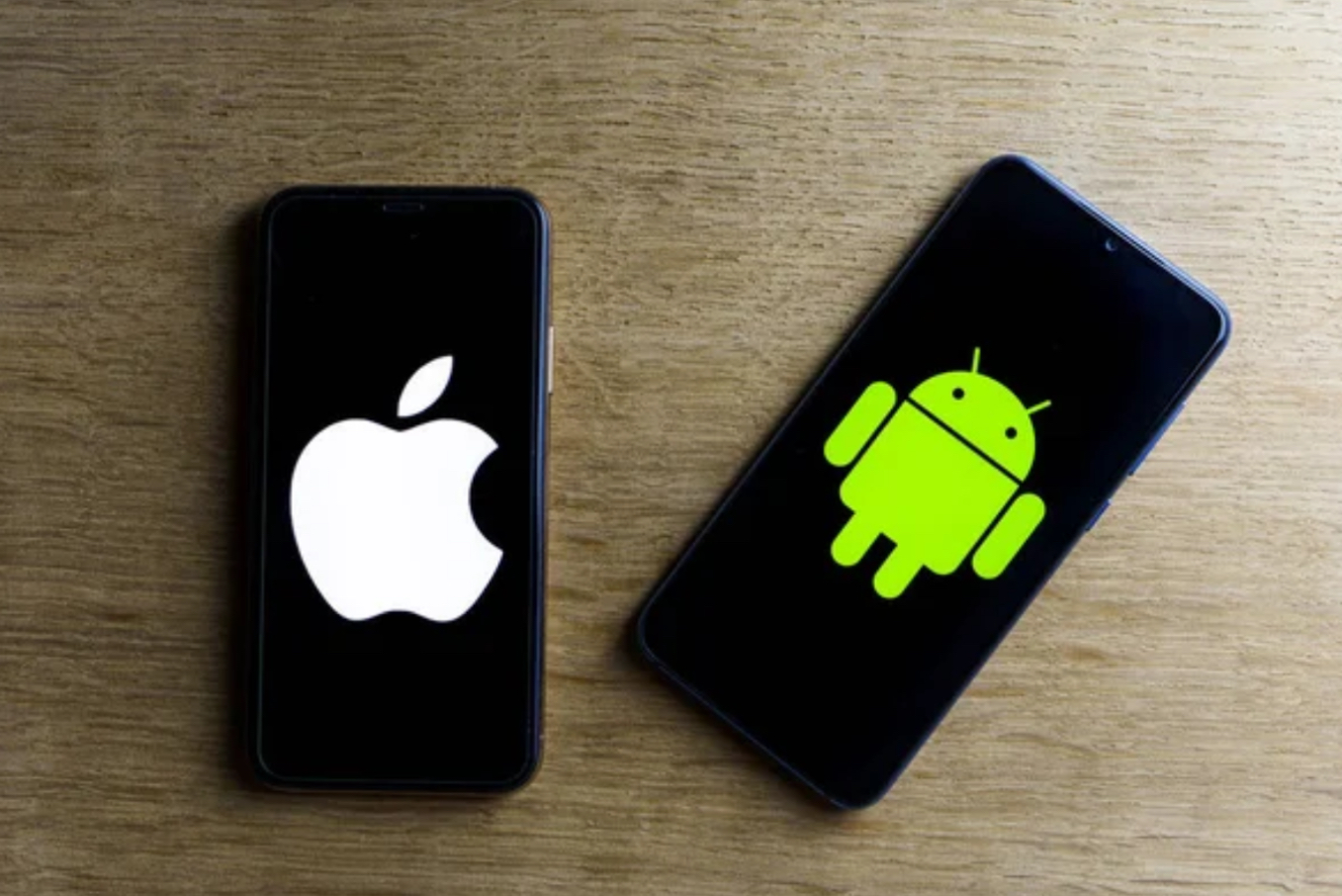Today, I received an email from Google stating: “2 of your apps are affected by Google Play’s target API level requirements. We’ve detected that 2 of your apps are targeting an old version of Android.” Yes, I have created some mobile apps, and this email means that if your app was built for an older Android version, you must update it to support the latest one, or it will be removed from the Google Play Store.
So, where is the problem, you might wonder? Well, I don’t even know where the app files are located on my hard drive. Let alone to open and search what to change, into the code, so it can support the latest API, etc. As a mobile developer, this is a common headache if you publish apps on app stores (Apple or Google).
But there is another, less painful way to create apps that avoid these problems and run smoothly on almost any mobile phone and the web.
The Future: Progressive Web Apps (PWAs)
What are PWAs? They are essentially web applications (normal websites) that utilize some functionalities of mobile phones and can be used just like traditional mobile apps.
Why are PWAs the future?
1. Simplicity
Traditional mobile apps need to be written separately for Android and iOS. Technically, you must write the app twice, once for each operating system (though some frameworks allow for cross-platform development, they still require tweaking for each OS). PWAs, on the other hand, are web applications written in JavaScript, HTML, and CSS—the heart and soul of every website.
2. Cost Efficiency
If your company needs cross-platform support plus web, you would need to hire multiple developers (or teams). With PWAs, one developer is sufficient to create the app for the web, significantly reducing costs.
3. Maintenance
Maintaining traditional apps is cumbersome. Each update requires submission to app stores, followed by a review process, leading to delays and additional costs. PWAs can be updated instantly without app store approvals. Changes made to the web application are reflected across all devices immediately.
4. Independence from App Stores
PWAs do not rely on app stores, meaning no ID checks, no cuts from in-app purchases, which means total freedom for developers. This autonomy is a significant advantage over traditional apps.
The App Store Conundrum
Why haven’t we heard more about PWAs?
One word: Apple.
Apple has a substantial influence on the market and technology decisions, especially in regions where it holds a significant market share (61% in the USA, over 45% in the UK). Apple’s App Store generates enormous revenue ($22 billion in 2022) by taking a 30% cut of transactions. Naturally, Apple has a interest in keeping users and developers within its ecosystem.
While Safari, Apple’s web browser, does support PWAs to some extent, it lacks the full range of features and capabilities available in other browsers like Google Chrome. Apple has been slow to adopt advanced web technologies that power PWAs. Features like push notifications and background sync, crucial for a native app-like experience, are either limited or unavailable on iOS. This deliberate lag in support potentially steers developers back to traditional native app development.
Embracing PWAs fully could undermine Apple’s revenue stream by enabling developers to bypass the App Store altogether.
Conclusion
Despite the obstacles posed by entities like Apple, the future of mobile applications is undeniably leaning towards PWAs. Their cross-platform compatibility, cost efficiency, simplified maintenance, and independence from app stores make PWAs an attractive option for developers and businesses alike.
How to Install a Website as a Mobile App:
- Open the website you want in Safari (for iPhones) or Chrome (for Android phones).
- Click on the share button at the bottom of the browser.
- Press: Add to Home Screen.
And that’s it. The website is now on your phone and can be used like any other mobile app. If the website supports real-time notifications, you will be able to receive them as well.




 As I spend many hours in front of my pc drawing, surfing and writing, I wanted to listen to music from a sound device that performs much better than my laptop speakers. I also was wondering how many people out there practically do not listen to music. I don’t mean that they do not listen to music literally. The sound they hear is not music. It is just something that has rhythm, a lot of bizzzz and hizzzz and something like melody. But certenly not music. Laptop speakers do not produce even an average sound quality (unless your laptop is equipped with some state of the art laptop speakers but even then…).
As I spend many hours in front of my pc drawing, surfing and writing, I wanted to listen to music from a sound device that performs much better than my laptop speakers. I also was wondering how many people out there practically do not listen to music. I don’t mean that they do not listen to music literally. The sound they hear is not music. It is just something that has rhythm, a lot of bizzzz and hizzzz and something like melody. But certenly not music. Laptop speakers do not produce even an average sound quality (unless your laptop is equipped with some state of the art laptop speakers but even then…).